Normalized Noise Tests
For these tests, I set the cooler’s fan(s) to speeds with noise output at the following predefined levels: 20/25/30/35/40 dBA. I skip the corresponding tests if the cooler’s fan(s) cannot reach some noise levels. Finally, I include a test where the cooler’s fan(s) spins at full speed.
In the charts above, the radiator and VRM fans work together, but since their speeds are vastly different, I chose to provide two separate graphs, not one with the average fan speed.
Intel Results
CPU Temperature
As expected, the larger AIOs with 360mm radiators have a performance lead. Still, the Liquid Freezer III 280mm beats the MSI Mag Coreliquid E360, which didn’t perform well in its category.
CPU Frequency
CPU frequencies are at the expected level, given the temperature performance data.
CPU Wattage
The Liquid Freezer III 280mm allowed for the highest power consumption because of the better lock mechanism.
Cooler Exhaust Temperature
I measure the temperature at the radiator’s exhaust side in AIOs.
AMD Results
Since this is the first cooler, I ran tests with an AMD system, so there is no comparison data. Wait for the next review for comparison charts like the Intel ones.
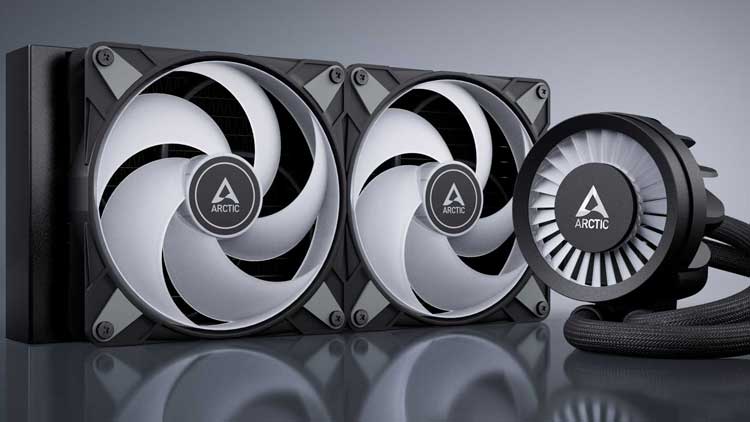



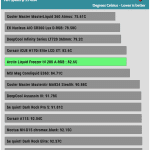

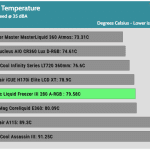
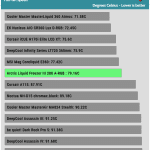
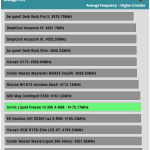
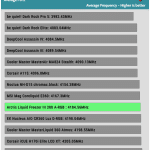

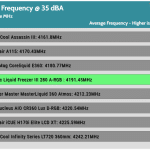
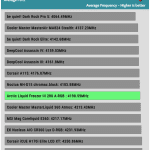
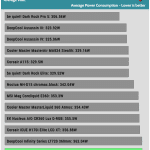
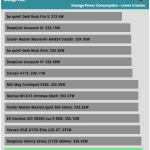
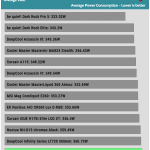
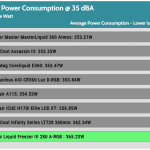
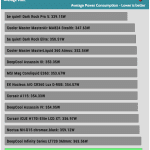
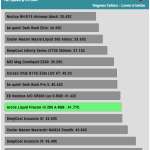
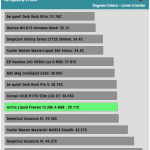
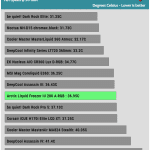
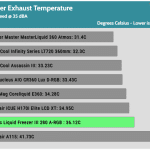


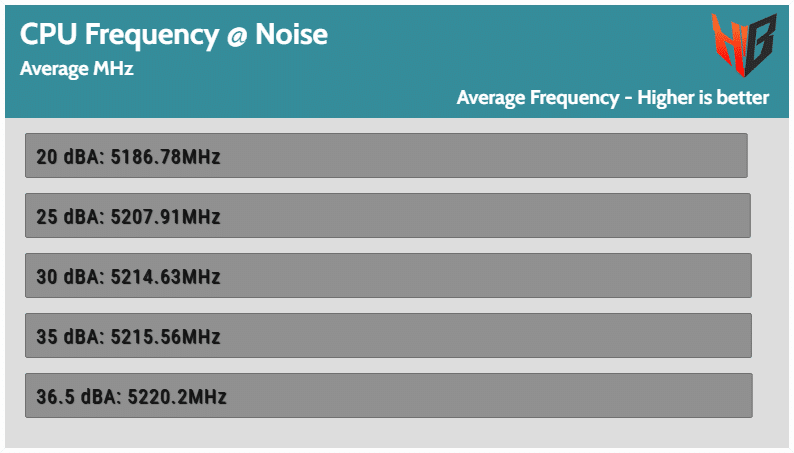


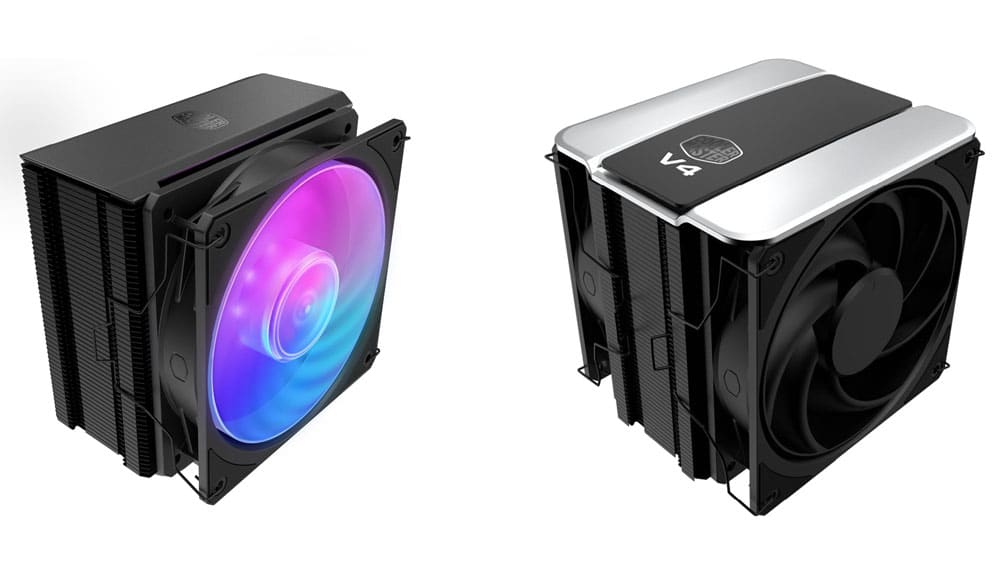

I really believe that Aris did not get my remark. lol
He die not said what is correct,so he is not wrong.Ahah
I guess he did not realize that in ALL reviews’ charts of “CPU Wattage” category, there is the wording “Avarage Power Consumption – *Lower* is Better”, INSTEAD OF “Avarage Power Consumption – *Higher* is Better”. It is just kind of a typo or whatever. I hope it is fixed. Howsoever, this review is outstanding!
yes indeed it was a typo. Changing all graphs now is huge work, so please bear with it 🙂
Hi, great review as always.
I see on Amazon France the 280 normal at 71€ and 83€ for the rgb.
If you could add on the backlog the newest Thermaltake TOUGHFAN EX12 Pro, i ordered the 3 pack version. Hope it performs as well as the 12 Pro.
Thanks <3 (we need more cat pictures)
“Lower is better” in “Average Watt” chart: why? would not the correct word be “HIGHER is better”?
When the CPU gets more Watts, it means that its cooling is more effective, so for this purpose higher is better.
So the information in the chart title is wrong, right?
it is correct.
I’m confused.
The charts say “lower is better”. Why?